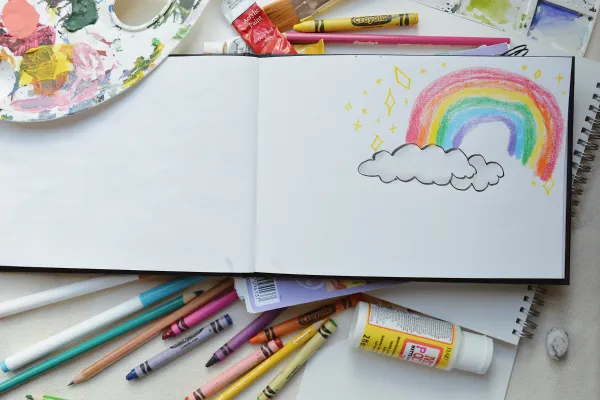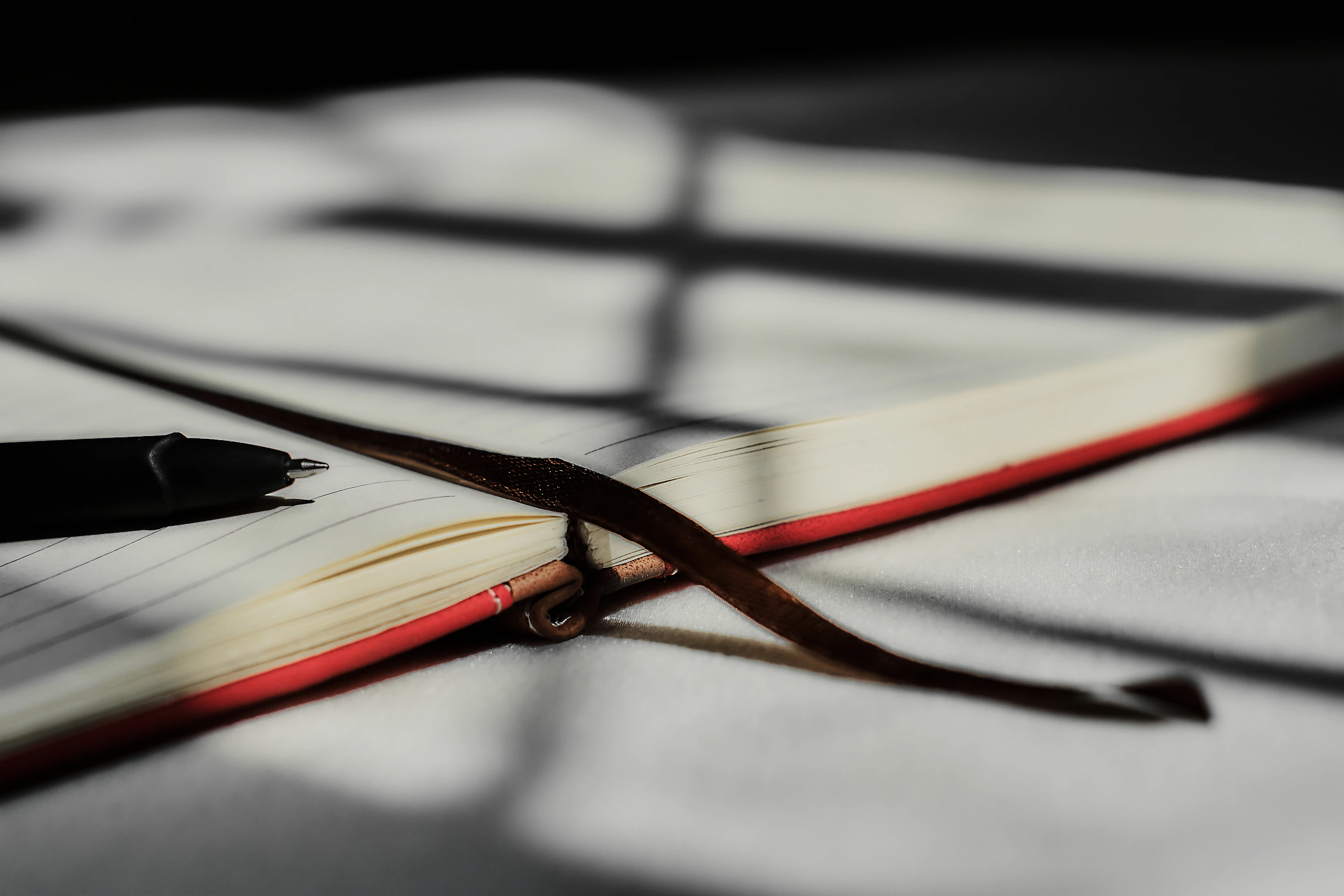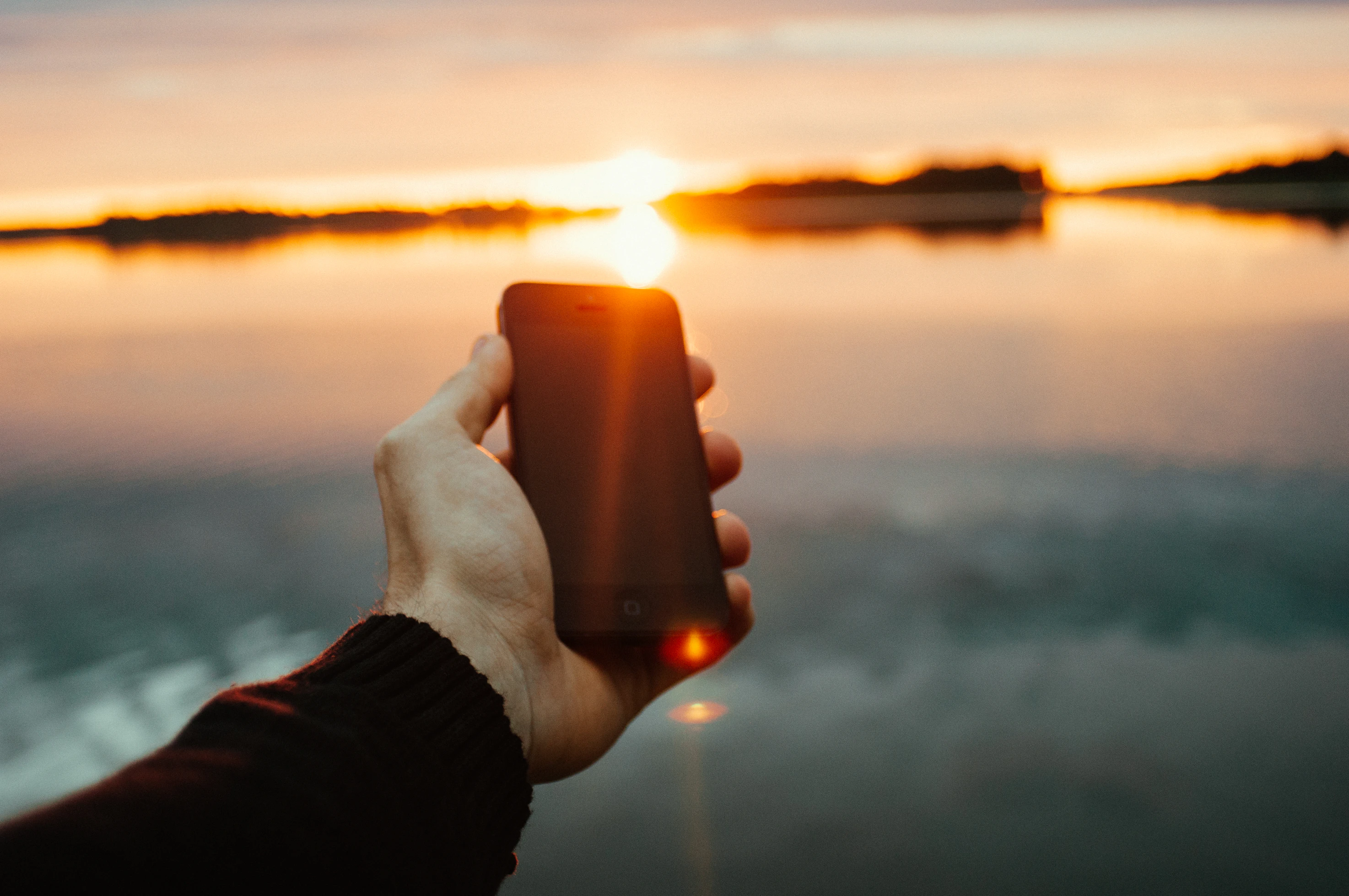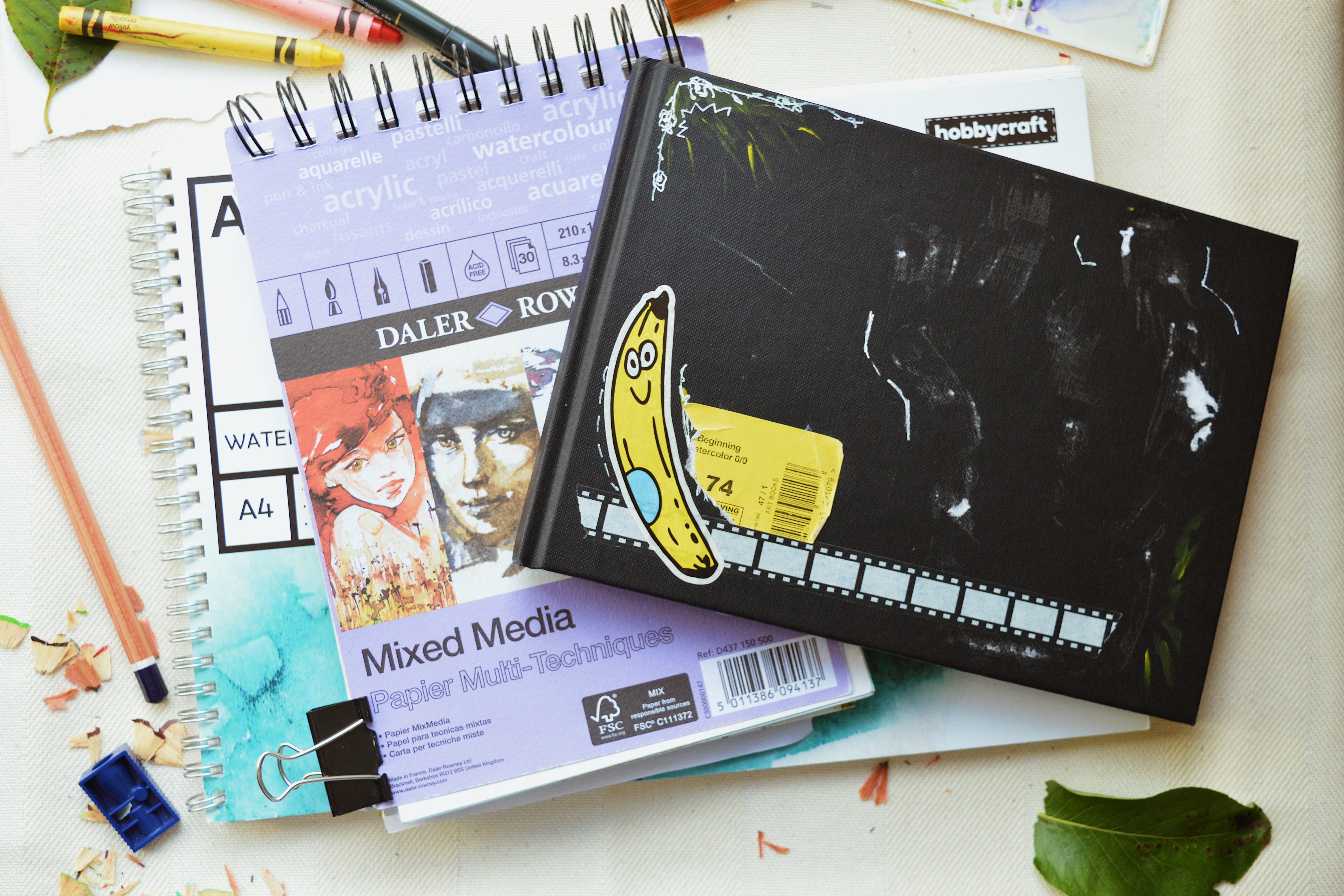Inclusive Change
Start the conversation
Read our blogs and discover more about neurodiversity through our links


My Story with Art
Warning: This post will briefly cover topics such as depression, suicidal ideation, social anxiety and eating disorders.
Whilst these are difficult topics to talk about, I believe that it is only through sharing personal stories that change can be made. Although dark at times, I can promise that this story does have a very happy ending!!!
I have always been a creative person. Throughout my childhood years, I could often be found doodling away in notebooks, filming little videos or crafting the perfect powerpoint presentation on the most random of subjects in front of the family computer.
Naturally, this sense of creativity is something that has stuck with me over time. But, after facing serious mental health issues in 2018, I practically dropped all forms of traditional art; and it wasn’t until almost 4 years later that I chose to pick it back up. This is that story.
Like many children, I grew up making things - both in school and at home. Doodling, collage, paper maché: traditional primary-school art projects. Art was always my favourite subject in school (followed very closely by history!) because I loved being able to create. It gave me a sense of joy and fulfilment to put together something beautiful with my own hands, even if it wasn’t always perfect.
As the years went by, my interests changed. I was very into cartoons, anime and manga from the age of 9, so that often dictated what I drew. Character design became my go-to, and I remember carefully creating OCs (original characters), and making fanart of video games or tv shows that I loved. It was at this same time that my mental health took a nosedive. I had developed severe depression and anxiety - and for the first time, began considering suicide. Since art was such a big hobby of mine, my mental health was reflected in this. I remember harbouring such a strict sense of perfection towards anything that I did: if a drawing didn’t come out ‘perfect’ in my mind, I would convince myself that I wasn’t good enough at anything and screw it up in anger.
In 2017 I received an autism diagnosis and moved into secondary school - two events which greatly affected my already crumbling mental health even further. As mentioned in my previous blog post, my diagnosis initially cast a huge shadow of shame over my life. I was angry that I was ‘different,’ and saw myself as an unwanted burden to those around me. At this point in my life, my suicidal ideation was at an all-time high and I had developed largely disordered eating habits. In this time of chaos, I clung to my art and would often hide in the school libraries during breaks and lessons I didn’t want to attend, drawing in my sketchbooks.

@ Emmanuel Ikwuegbu on Unsplash
Whilst art can be an incredibly healthy way to vent and work through complex feelings, I didn’t always treat it as such. Sometimes, when I was having a particularly bad day, I would use my drawings as a way to speed up a depressive spiral. Almost like a form of self-harm. In fact, I remember that at the lowest point of my mental health, I completely destroyed my sketchbook as I sat in the school library: graffitiing every page, scribbling over my drawings and writing notes about how much I hated myself. That book went immediately into the bin as soon as I got home from school.
It was that point which created an immediate shift in my attitude towards art.
Whilst I would still say that I was a creative person, I couldn’t bring myself to put pen to paper the same way that I used to for the next few years. I would still often doodle in the margins of notebooks or worksheets when I was bored, but never drawing with the proper intent of creating art; and eventually I had tossed almost all of my sketchbooks. I often think that a person’s drawing is similar to their handwriting: we often develop a personal style which just comes naturally. Because of this, anytime I had to draw something or look back at old work, I was immediately transported back to where I was at my lowest - as if the act of drawing itself acted as a twisted time capsule to my depression.
In fact, if you flick through my current sketchbooks, you might notice now that I very rarely draw people, largely for this reason!
I am incredibly lucky to have such a supportive family, and my mother fought hard to get me the support I needed upon leaving school in 2018. As I couldn’t cope with attending mainstream education, I was able to receive online tutoring throughout my GCSEs and A-Levels - which was amazing. On top of this, I attended various different forms of therapy over the years; which, whilst boring at the time, I can see now how they equipped me with tools and strategies that I still use today and gave me a greater understanding of my needs as an autistic person.
It wasn’t until very late 2021 - almost 3 ½ years after I left school - that I started picking up traditional art again.
In the Autumn of 2021, I made the decision to get rid of my iPhone and instead switch to a simple Nokia that I had picked up for around £20. I made this choice after recognising just how much time I was spending aimlessly using my phone (somewhere around 10 hours a day!) and I thought that only such a drastic change could stop it. Luckily, I had no serious ties to social media or certain apps, so this was only beneficial for me. I am not going to go into much detail right now - that can be saved for another blog post - but I will say, after letting go of the one thing that took up around ⅔ of my day, I was left with a lot more free time than I realised I had. And, whilst boredom played a large role in my life at that time, I needed to find new hobbies to fill that empty space.
This led me to ask the question: what did I enjoy doing before my phone took over my life?

@christianwidell, Christian Widell on Unsplash
I will admit, growing up I was on technology a lot - probably more than most kids at my age. But, as mentioned earlier, I also loved art. So, I picked up a sketchbook and some acrylic paint and began to mess around. It was so much fun to properly get back into art - I would spend an entire evening sitting at my desk, painting landscapes and following tutorials. I found a way to re-engage in art after years of feeling unable to connect with anything creative due to my mental health. It was incredible.
After copious amounts of therapy, re-finding my faith in God and eliminating the constant noise my smartphone had created in my life, I felt alive again. For the first time in a while, in 2022, I could finally say I was happy. Whilst I continued to face struggles (and still do!), I found joy in the world again - and my art reflected that. Where my art used to be fueled by perfectionism, I now embrace experimentation: instead of worrying about an end result, I try to focus more on the process of creation.

My sketchbooks from the past 2 years
Art is now something which is fun again. It brings me peace; it brings me a sense of fulfilment; it helps me to connect with God, and it helps me to appreciate the blessings in even the mundane things in my life. Observing the world from an artist’s point of view has made me see the beauty of creation in a way that I never had before. Furthermore, the process of creativity has allowed me to slow down and appreciate stillness.
Over the past two years, I have grown in my art and have learned what it is that I enjoy making. Although I have started to take my art a little more seriously, I like to remain loose and have fun experimenting with it. Art is meant to be enjoyable, not something that brings you down.
I once thought that to feel happy again I needed to stop doing everything I used to, due to the negativity that ‘tainted’ it. But recovery isn’t about just moving on, it’s also about letting go.
Are you still there? Well done if you managed to read all of that, I know it ended up being longer than I expected!
If anything I have said has upset you in any way, I will include some links right at the bottom of this post. But, I hope that some of what I have said can have a positive impact in demonstrating how important mental health is - and how art can be impacted by that!
If you are interested in what else I have to say, make sure to check back on this blog soon for more posts. In the meantime, you can follow me on instagram where I will post regular art updates:
Sincerely,
Owen @ ScribbleWhiskers
‘The Lord is close to the brokenhearted and saves the crushed in spirit'
Psalm 34:18, ESV
Links:
Check out Lucy's other features

A Journey of Neurodiversity Advocacy and Change
Read Lucy's interview with Golden Valley, where she explains some of the life events that led her to becoming a full time advocate for neurodivergent and disabled people in the workplace.

Women in the Middle® Entrepreneurs:
EP #52: Sharing the Positives About Neurodiversity with Lucy Smith
Suzy Rosenstein, a master life coach, hosts a podcast called Women in the Middle Entrepreneurs, a podcast where these important conversations about the intersection of being a midlife entrepreneur who's also a woman 50 plus can happen.
Inclusive Change Ltd
The Brightwell, Bradbury House
Wheatfield Drive
Bradley Stoke, Bristol
BS329DB
Copyright 2025 - Inclusive Change Ltd
Companies House: 12412464
VAT NO: 352 1564 17
ICO Reg: ZB081779
UK Register of Learning Providers: 10090652
Reg no: 12412464




